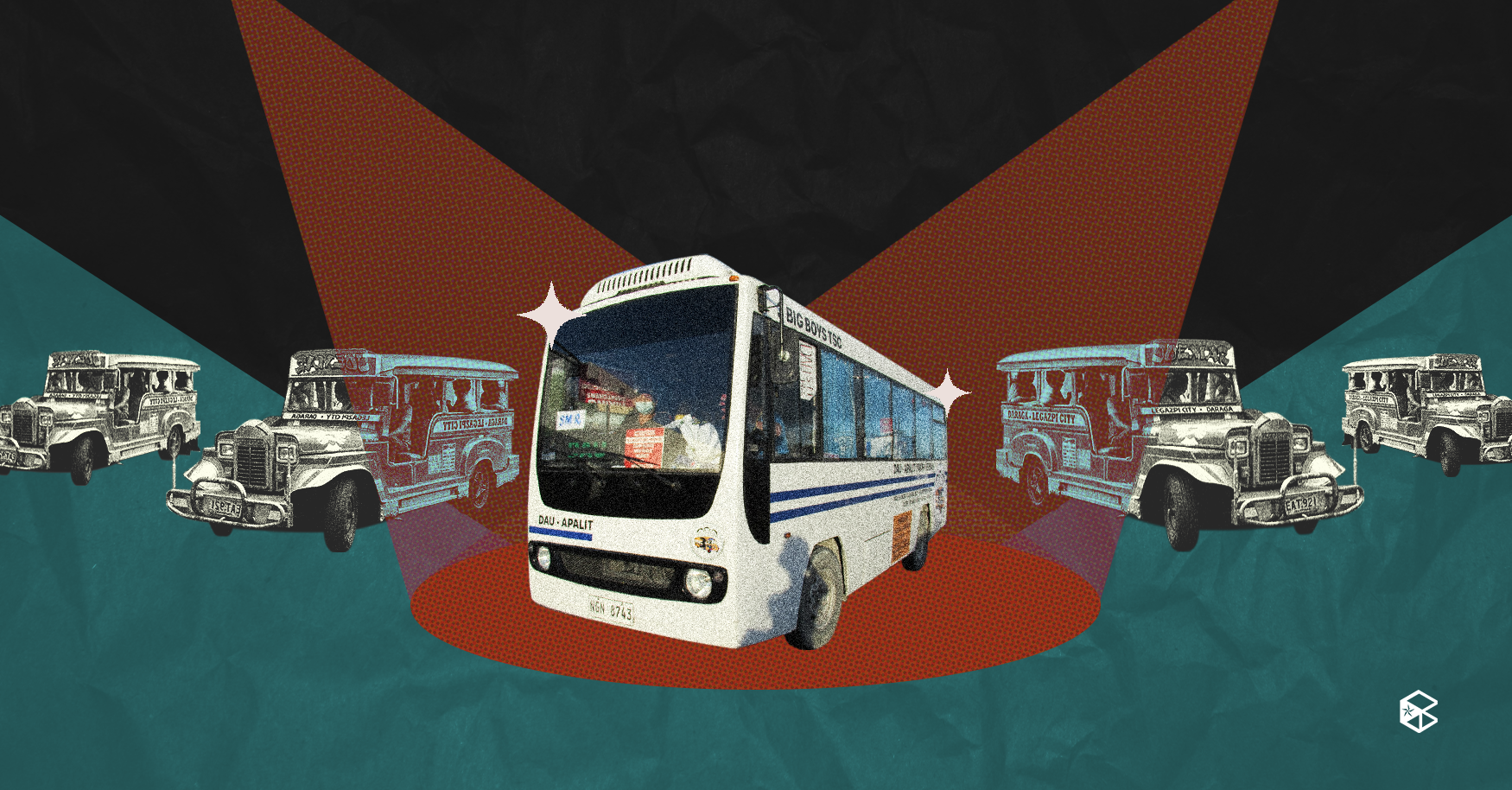As the PUV Modernization Program (PUVMP) is just months from its implementation deadline, transport groups nationwide launched a weeklong strike, protesting against the phaseout of traditional jeepneys.
Spearheading the strike from March 6 to March 8, Piston, one of the country’s leading transport groups, calls for jeepney refurbishment in their statement with Inquirer, “Traditional jeepneys should be rehabilitated instead of being phased out completely.” The group also affirmed that the strike will still continue in the following weeks until the modernization program is junked.
The originally scheduled week-long strike ended today, March 8, after Malacañang promised to further review the Department of Transportation (DOTr) Department Order 2017-011 Omnibus Franchising Guidelines (OFG). Piston reported that the strike paralyzed 80% of Metro Manila, including 100% of all major routes within the capital. However, according to the LTFRB, the protest wasn't as problematic as they initially projected, with LGUs offering free rides to the public.
In a statement announced earlier today, Piston said, “Bagama’t hindi pa ito ganap na pagbasura sa OFG at programang phaseout, panimulang tagumpay pa rin itong maituturing dahil naitulak nating tumugon ang Malacañang at anapatunayan nation ang bisa at lakas ng rating sama-samang pagkilos.
“Sa kabila into, nananatili ang ating paninindigan sa buong pagbabasura ng OFG at ng bogus na modernization program na aagaw sa mga prangkisa at kabuhayan ng libo-libong tsuper at operator para ipamigay sa malalaking negosyante at magpapahirap sa milyon-milyong komyuter ng pampublikong transportasyon,” the statement further reads.
Meanwhile, despite being in full support of the protest, a number of PUV operators have their own reasons why they decided not to join the strike, while others didn’t want to contribute to the forecasted transportation issue during the rally, while others still opted to work since being physically present at the rally would mean a cut in their day’s revenue.
“Okay lang naman po kahit isang araw lang, ‘wag naman isang linggo… Magkano lang naman kinikita namin. Isang araw na hindi kami bumabyahe, kinabukasan wala na kaming panggastos eh,” Edgardo Oliver, a jeepney driver, commented in an interview with UNTV.
Old versus new: What does it mean to “modernize”?
From replacing dated PUVs with new ones, reorganizing routes, introducing new standards for vehicles, and implementing different transport “classes”—all of these, according to its provisions, is what the PUVMP aims to work on.
In phase one, aging jeepneys will be phased out and replaced with modernized ones— but the cost of this major upgrade is one of the biggest drawbacks of this program. According to Piston, the cost of a traditional jeepney is around ₱200,000 to ₱600,000, and to replace 300,000 traditional jeepneys, it would amount to ₱540 billion to ₱750 billion. Nonetheless, if the government would at least allow individual operators to “rehabilitate” their own vehicles instead of fully replacing them, the price would be relatively lower than the cost of new modernized vehicles.
However, considering that jeepney drivers would be spending straight out of their pockets, is this really a feasible project knowing that their average income is ₱500 per day or is this just another anti-poor scheme masked as a “modern solution”?
Weighing the pros and cons
According to the Department of Transportation (DOTr), the program promised the following improvements:
- Safe and comfy transport
- Reliable travel time
- Disciplined and competent drivers
- Fair regulations
- Spacious jeepneys
Another focus point that the program delves into is that it's a more environmentally-friendly alternative. However, besides the minimal traffic congestion difference, it also makes little difference in its claims of lessened carbon emissions, not to mention the cost it requires that would affect hundreds of thousands of our PUV workers.
Is the livelihood and well-being of our jeepney drivers really a worthy tradeoff?
Although the Senate recently announced that the deadline for the phase-out is extended indefinitely, what jeepney operators call for is not a longer extension— it’s government funding.


